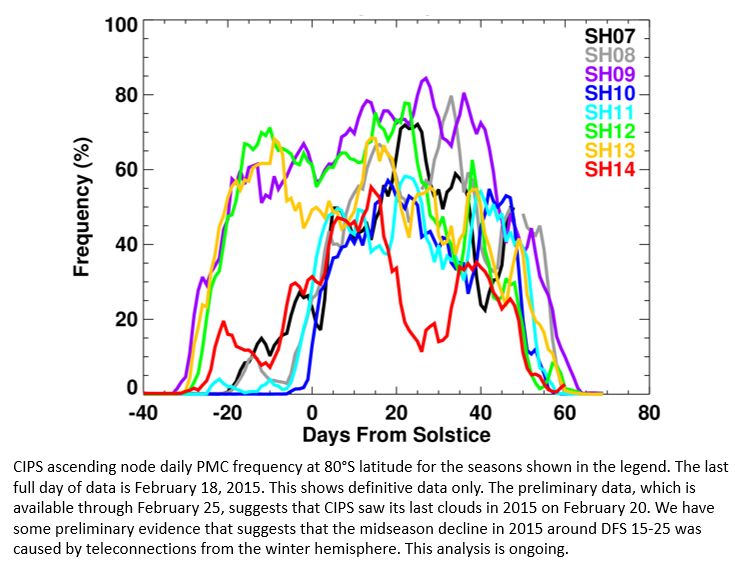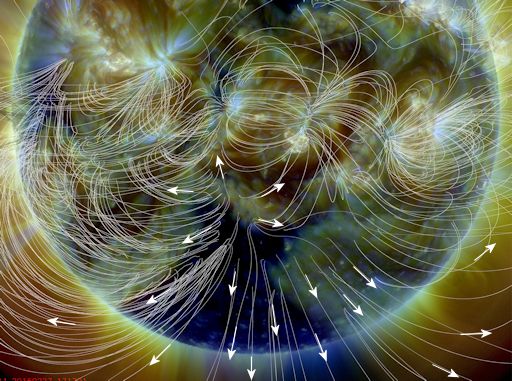OF THE
TIMES
We'll know our disinformation program is complete when everything the American public believes is false.
Yahoo! -Whew!-, its over-what a relief! /cheers!
Beirut. That "fertilizer" detonation ... That was a significantly large neutron bomb. Fusion device. How many more does Israel have of those? Iran...
You knew we were screwed when the globalists got to the point where they did not have to be shy about being globalists.
????????????????????? IRan is tightly controlled at the moment. IT has been under massive range of sanctions for decades. Khazaria hated Persia...
''...the international community was not ready to develop consolidated approaches to solving problems that affect everyone.'' There is no such...
To submit an article for publication, see our Submission Guidelines
Reader comments do not necessarily reflect the views of the volunteers, editors, and directors of SOTT.net or the Quantum Future Group.
Some icons on this site were created by: Afterglow, Aha-Soft, AntialiasFactory, artdesigner.lv, Artura, DailyOverview, Everaldo, GraphicsFuel, IconFactory, Iconka, IconShock, Icons-Land, i-love-icons, KDE-look.org, Klukeart, mugenb16, Map Icons Collection, PetshopBoxStudio, VisualPharm, wbeiruti, WebIconset
Powered by PikaJS 🐁 and In·Site
Original content © 2002-2024 by Sott.net/Signs of the Times. See: FAIR USE NOTICE


Reader Comments
to our Newsletter